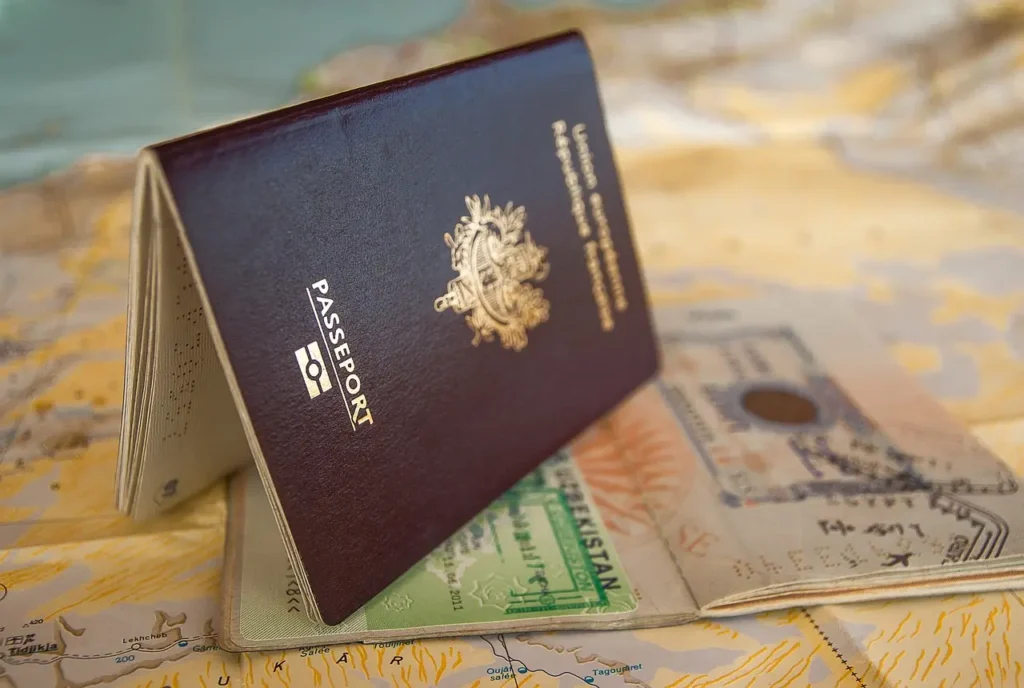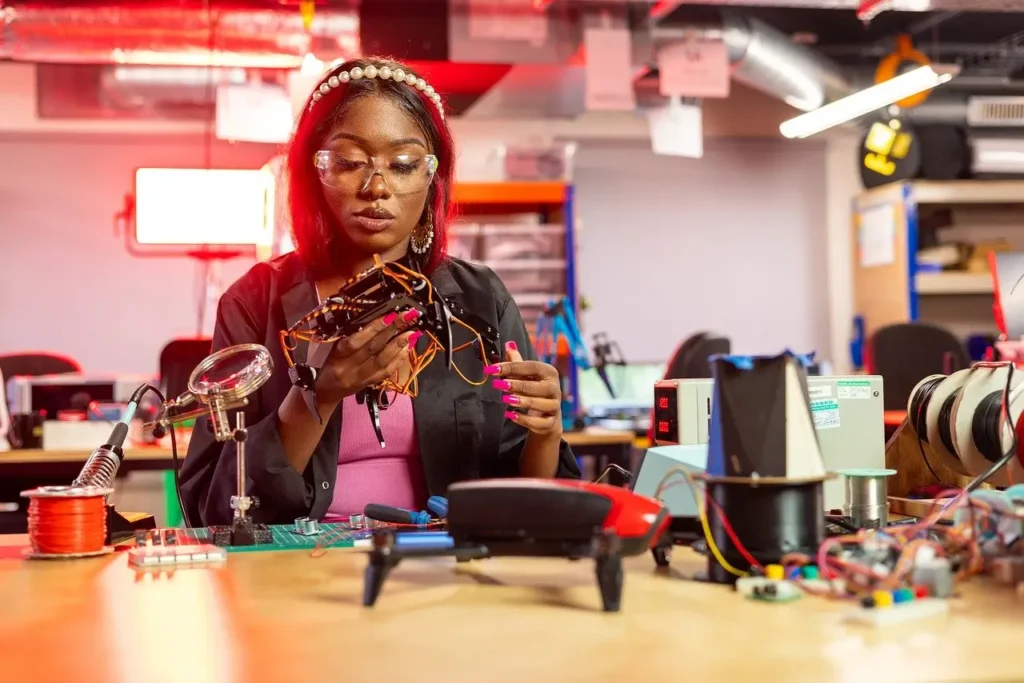Top Visa Options for International Students in 2024 can make or break your study abroad dreams. Wondering which visas offer the best pathways to your academic and career goals? We’ve got you covered with the latest, most relevant options. This guide is your golden ticket to navigating the complex world of student visas with ease. Let’s dive in and find the perfect visa for you!
Understanding Your Visa Choices
Why Visa Matters
Choosing the right visa is crucial for international students. Not only does it affect your ability to study, but it also impacts your work opportunities, travel plans, and even post-graduation options. In 2024, several visa options cater specifically to the needs of international students. Let’s explore them.
The F-1 Student Visa: Your Ticket to U.S. Education
If you’re eyeing a U.S. education, the F-1 visa is your go-to option. This visa is designed for full-time students enrolled in academic programs. It’s flexible, allowing for part-time work on-campus and, under certain conditions, off-campus. Many international students opt for this visa due to its straightforward application process and the plethora of academic opportunities it opens up.
Example: Maria, a student from Brazil, used her F-1 visa to complete her Master’s degree in Computer Science at MIT. She later secured an Optional Practical Training (OPT) opportunity at a leading tech company, paving the way for her H-1B work visa.
The J-1 Exchange Visitor Visa: More Than Just Study
The J-1 visa is another excellent option, especially if you’re part of an exchange program. It covers a wide range of activities, from studying to research and teaching. This visa promotes cultural exchange, providing a rich experience beyond just academics. Plus, it allows for practical training related to your field of study.
Example: Ahmed from Egypt participated in a J-1 visa program for his postdoctoral research in environmental science. This experience not only enhanced his research skills but also gave him a deeper understanding of American culture.
The M-1 Vocational Student Visa: For Specialized Skills
If you’re interested in vocational or technical training, the M-1 visa is tailored for you. Unlike the F-1 visa, M-1 visa holders cannot work during their studies, but it’s ideal for those pursuing non-academic programs. This visa is perfect for gaining specialized skills in areas like culinary arts, mechanical studies, or flight school.
Example: Li from China attended a top culinary institute in New York on an M-1 visa. The hands-on training she received there was instrumental in opening her own restaurant back home.
The Canadian Study Permit: Flexibility and Opportunity
Canada is becoming a popular destination for international students, and the Canadian Study Permit is the key to studying there. This permit not only allows you to study but also to work part-time during your studies and full-time during breaks. After graduation, students can apply for a Post-Graduation Work Permit (PGWP), offering a pathway to permanent residence.
Example: Raj from India completed his MBA in Toronto and used his PGWP to gain valuable work experience in Canada, eventually leading to permanent residency.
The UK Tier 4 Student Visa: A Gateway to Prestigious Institutions
For those looking at the UK, the Tier 4 Student Visa is essential. It caters to students enrolled in full-time courses at recognized institutions. This visa also allows part-time work during term and full-time during vacations, providing a balanced academic and work experience.
Example: Sophie from France studied literature at Oxford University with a Tier 4 visa, benefiting from its flexible work conditions to intern at a renowned publishing house.
Australia’s Student Visa (Subclass 500): Sun, Surf, and Study
Australia offers the Subclass 500 Student Visa, which is very accommodating for international students. This visa allows you to stay in Australia for up to five years, depending on your course length, and includes work rights during your study period.
Example: Jessica from South Africa studied marine biology at the University of Queensland. The work rights under her Subclass 500 visa enabled her to work on a coral reef conservation project, providing practical experience alongside her studies.
Navigating the Application Process
Key Steps to Secure Your Visa
- Research and Choose: Identify the best visa option based on your destination and study goals.
- Prepare Documents: Gather all necessary documents, including acceptance letters, financial statements, and identification.
- Apply Early: Start your visa application process as soon as you receive your acceptance letter.
- Interview Prep: Some visas require an interview. Prepare thoroughly to articulate your study plans and intentions.
- Stay Updated: Visa regulations can change. Stay informed about the latest requirements and policies.
Overcoming Common Hurdles
- Financial Proof: Ensure you have adequate financial support documents.
- Language Proficiency: Some visas require proof of English proficiency.
- Health Insurance: Many countries require health insurance coverage.
Tip: Join online forums and student groups for tips and shared experiences from other international students.
Post-Visa Approval: What’s Next?
After securing your visa, it’s time to prepare for your journey. Arrange accommodation, book your flights, and familiarize yourself with the local culture and laws. Staying informed and prepared will help ensure a smooth transition to your new academic life.
Real-Life Success Stories
From Student to Professional: Julia’s Journey
Julia, a student from Germany, moved to the U.S. on an F-1 visa to pursue a degree in biomedical engineering. Post-graduation, she utilized her OPT to work at a leading biotech company. Her experience and network led to an H-1B visa sponsorship, and today, she’s a permanent resident, contributing significantly to medical research.
Building a Global Career: Diego’s Experience
Diego from Mexico chose Canada for his higher studies in finance. With a Canadian Study Permit, he balanced his studies and work, eventually securing a PGWP. Now, he’s a financial analyst in Toronto, with permanent residency on the horizon.
FAQs
What are the top visa options for international students in 2024?
Top visa options include the U.S. F-1 visa, J-1 visa, M-1 visa, Canada’s Study Permit, the UK Tier 4 Student Visa, and Australia’s Student Visa (Subclass 500).
How early should I apply for a student visa?
It’s advisable to start the application process as soon as you receive your acceptance letter. This can be several months in advance to accommodate potential delays.
Can I work while studying on an international student visa?
Yes, most student visas allow part-time work during the study period and full-time during breaks. However, the specifics can vary by country and visa type.
What if my visa application is denied?
If your application is denied, you can appeal the decision or reapply. Ensure you address the reasons for denial and provide additional supporting documents if necessary.
Are there visas that offer a pathway to permanent residency?
Yes, visas like Canada’s Study Permit (followed by a PGWP) and Australia’s Student Visa (Subclass 500) can lead to permanent residency opportunities.
Embarking on an international education journey is thrilling and challenging. By choosing the right visa, you can unlock a world of opportunities. Stay informed, plan ahead, and make the most of your academic adventure abroad!



